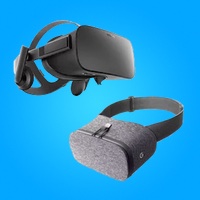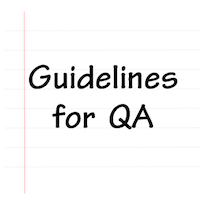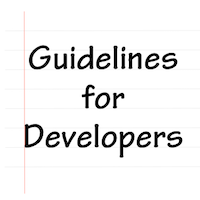
2016 has been a crazy year for VR: public release of dedicated VR headsets, creation of new types of games and experiences, and many more things to come. In the tech literature today, we often see “What’s the best VR headset” or “What VR headset should you buy” articles. I wanted to do something slightly different here and focus on the immersion the virtual headsets can provide, because to me, it is their main purpose. The immersion is not up to the game or VR experience only, the headset actually plays a big part in making you feel that what … Continue reading The Best VR Headsets for a Complete Immersion



